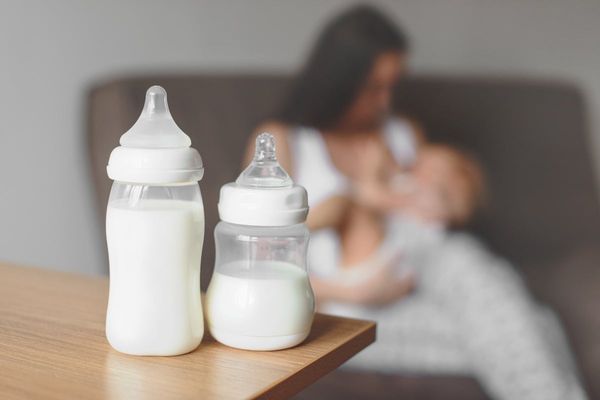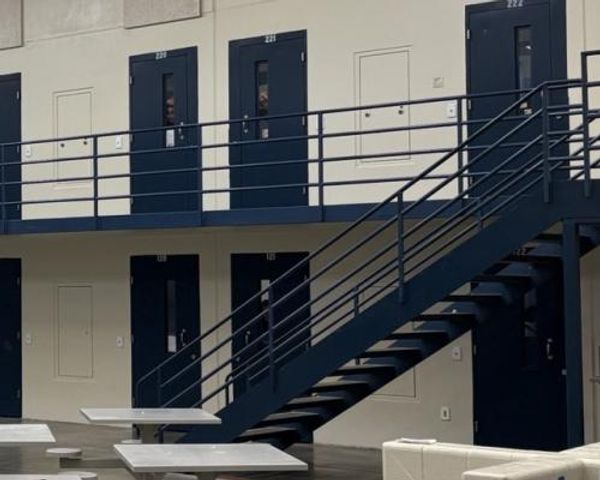One of the Albanese government’s headline election policies was a “three-day guarantee” for childcare.
From January 5 2026, all eligible Australian families will be able to access at least three days of subsidised early education and care until a child starts school.
Labor will also remove the “activity test” requiring parents to work or study to receive more than minimal subsidised care.
The government estimates more than 100,000 families will be eligible for more care. Families will also save money on fees – for example, those on a combined annual income of A$120,000 will save about $220 a week.
But while extra financial support and scrapping the activity test will certainly help, families are still left with the challenge of finding and securing a place in a quality service.
Read more: Labor guarantees 3 days of childcare and 160 new centres. What does this mean for families?
Quality is patchy
Over the past 20 years, the early education and care system in Australia has rapidly expanded. And this has sometimes come at the expense of quality.
The sector is overseen by the national authority and state-based regulators and services need to meet national quality standards.
But quality is patchy. While 91% of services either meet or exceed national standards, assessments can be infrequent and there are exemptions – leaving room for poor practices.
State-based regulators are also under-resourced, compromising their capacity to keep assessments of services up to date.
Meanwhile, about 70% of daycare centres are owned and run by for-profit providers. This means the majority have an incentive to prioritise profits over quality care and education for children.
Recent reports of shocking abuse and neglect in some services have highlighted how quality – and basic safety – continue to be an issue for the early childhood sector.
Read more: Amid claims of abuse, neglect and poor standards, what is going wrong with childcare in Australia?
It can be impossible to find a spot
According to the Mitchell Institute, nearly one in four Australians lives in a “childcare desert”, where more than three children compete for every available place.
Media reports describe how families can be left waiting well over a year to find a childcare place, depending on where they live.
In recognition of how difficult it can be to find a childcare place, the Albanese government will build 160 not-for-profit childcare centres in regions where services are hard to find.
While this is welcome, they may not transform accessibility. The sector has more than 9,000 existing long daycare services.
There are not enough qualified educators
Meanwhile, staffing is a nation-wide issue. The rapid increase in early years services has made it difficult to train, recruit and employ qualified educators.
Many services have exemptions so they can operate without the required number of qualified staff.
Last year, without factoring in the three-day guarantee, a Jobs and Skills Australia report estimated an extra 21,000 staff were needed to meet existing demand.
While the government is trying to increase access with the three-day guarantee, services are already struggling to provide for existing demand.
What should families do?
Families eligible for the new three-day guarantee are likely to find accessing care and in a quality centre a challenge.
They will no doubt want to make sure any potential services can provide a safe, happy environment in which their child will thrive. Here are some questions parents could ask:
is the service meeting national quality standards or better?
what are the current qualifications of staff?
does the service have a current exemption regarding staff qualifications?
what is the staff turnover?
Families could also take a tour of the service and consider:
how do you feel in the environment?
are children engaged in activities?
how do staff interact with the children?
is there a rich environment for outdoor and indoor play?
If you have concerns, consider other services if they are available.
Victoria Whitington has previously received research funding from the South Australian government and has current funding for research from Catholic Education SA, Ngutu College and Gowrie SA. She is chair of the Gowrie SA board.
This article was originally published on The Conversation. Read the original article.







